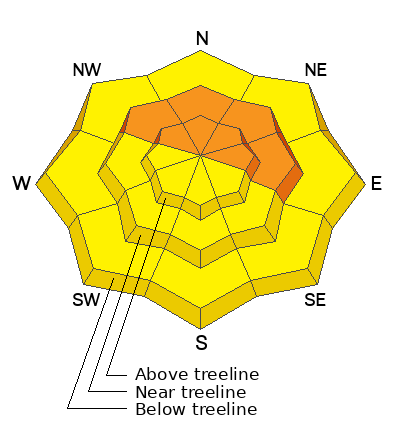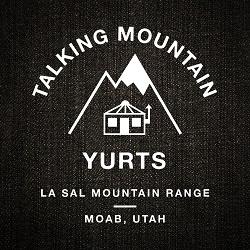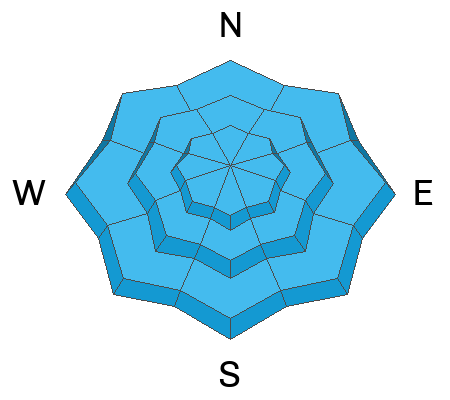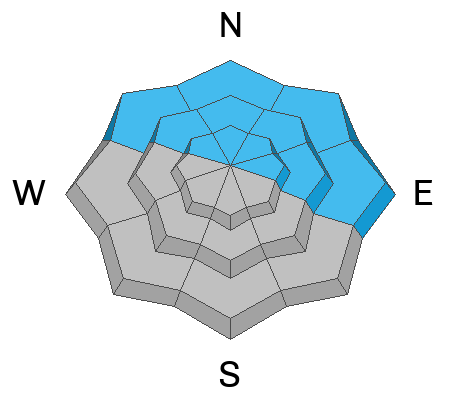Forecast for the Moab Area Mountains

Issued by Eric Trenbeath on
Sunday morning, March 12, 2023
Sunday morning, March 12, 2023
The avalanche danger is CONSIDERABLE on steep slopes near and above treeline that face NW-N-E and human triggered avalanches involving recent and wind drifted snow are likely.
The avalanche danger is MODERATE on all other aspects and elevations and human triggered avalanches are possible.
The mountains have received a significant load of wet, heavy snow. Avalanches stepping down to buried weak layers are possible. Give things time to adjust before venturing into steep terrain.

Low
Moderate
Considerable
High
Extreme
Learn how to read the forecast here





